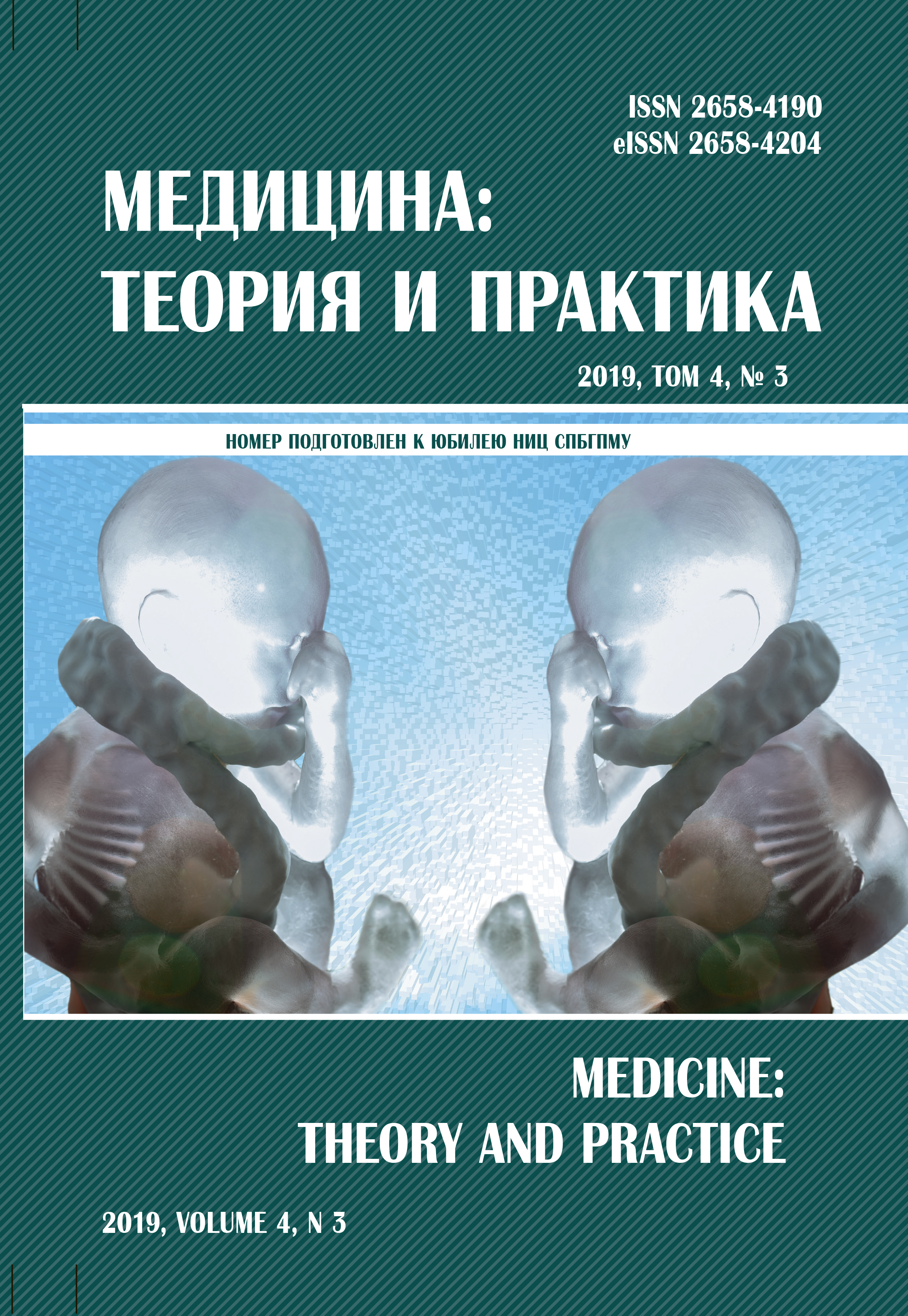Evaluation of the virulence of fungi of the genus candida and its role in the development of periodontal diseases in young children
Abstract
The incidence of fungal infections has increased significantly, so contributing to morbidity. Candida species are major human fungal pathogens that cause mucosal infections. Recent evidence suggests that the majority of infections produced by this pathogen are associated with biofilm growth. An essential factor to the virulence of the genus Candida is the ability to produce enzymes and this may be crucial in the establishment of fungal infections. Fifty clinical strains of Candida spp. isolated from the children oral cavity were evaluated, including the following species: C. albicans, C. glabrata, C. tropicalis, C. krusei. All Candida strains were tested in vitro for production of biofilm, proteinase, katalaza, hemolytic, antilizocim activity. Sensitivity to amphotericine B, fluconazole, intraconazole was determined. Katalaza activity were observed in 100% of the Candida strains, but proteinase and hemolytic activity were not observed. More than 50% of the Candida albicans strains showed biofilmforming capacity. In the study of antimycotic sensitivity the highest persent of susceptibility was all species was observed towards amphotericine B (100%, p<0.001).



